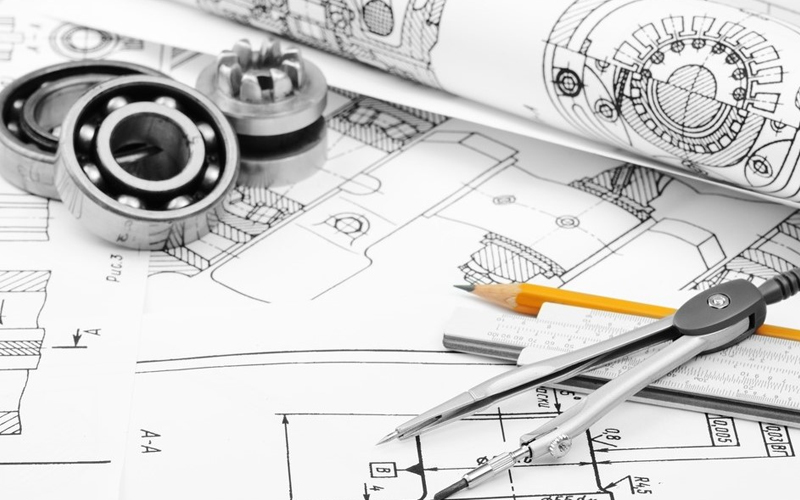OVERVIEW:
Geometric Dimensioning and Tolerancing (GD&T) is a method for precisely defining the geometry of mechanical parts. It allows mechanical engineers, fabricators and designers to communicate engineering tolerances such as a permissible limit of variation in a physical dimension or a physical property of a material or a measured value such as temperature and humidity.
Why should you learn?
You will have to learn GD&T so as to precisely define nominal geometry of parts and assemblies. GD&T is widely used in automotive, aerospace, electronic, and commercial design and manufacturing industries.
A mastery over the language of GD&T that consists of dimensions, tolerances, symbols, definitions, rules, and conventions has become an important skill for engineers, designers and other CAD users.
Learning Objectives:
GD&T training is included in almost all courses that are offered by CADD Centre for engineers. The GD&T module will impart you a thorough understanding of the following aspects:
» Dimensioning specifications : To define the nominal, as-modeled or as-intended geometry of parts.
» Tolerancing specifications : To define the allowable variation for the form and possibly the size of individual features and allowable
variation in orientation and location between features.
» Geometric characteristics : Designers can use symbolic language on engineering drawings and computer generated 3D solid models to
explicitly describe nominal geometry and its allowable variations. The geometric symbols include straightness, flatness, circularity, cyclindricity,
profile of a line, surface, perpendicularity, and angularity.
Learning Outcome:
» You will know how to communicate engineering configuration to all stakeholders: from designers to manufacturers through mechanical drawings
» You will know to tell manufacturing team what degree of accuracy and precision is needed on each controlled feature of parts
» You will know how to define the allowable variation in form and possible size of individual features, and allowable variation between features
» You will be able to provide a clear and concise technique for defining a reference coordinate system on a component or assembly to be used throughout the manufacturing and inspection processes.
» You will know the proper application of geometric dimensioning, accepted and logical mechanical design process and design for manufacturing considerations
» You will know how to describe complex geometry requirements on a component or assembly using the standard symbols of GD&T
» You will know how to accurately and quickly define design, manufacturing and inspection requirements.
» You will know how to simplify the design of cost saving functional check gages, manufacturing fixtures and jigs.

